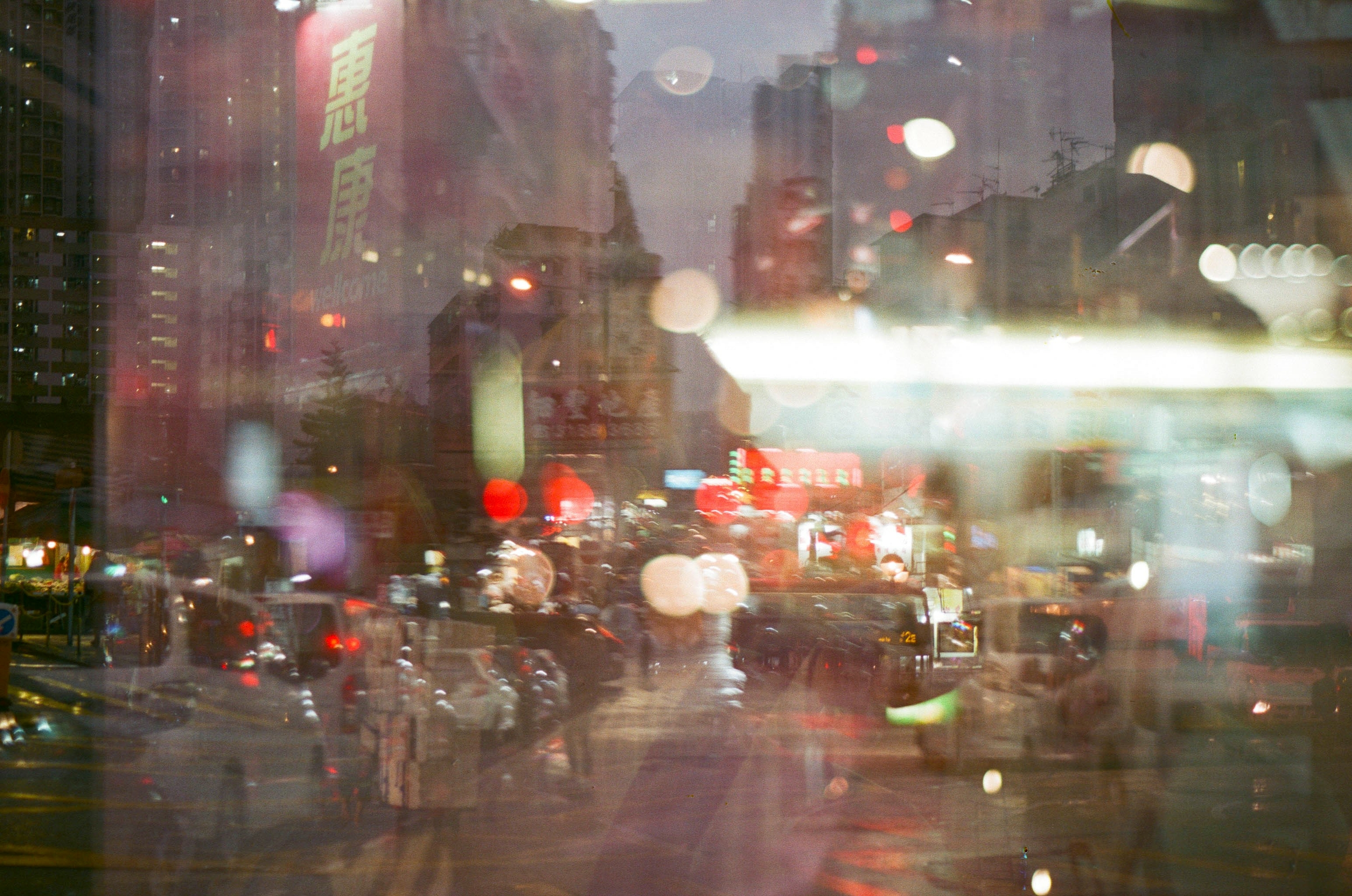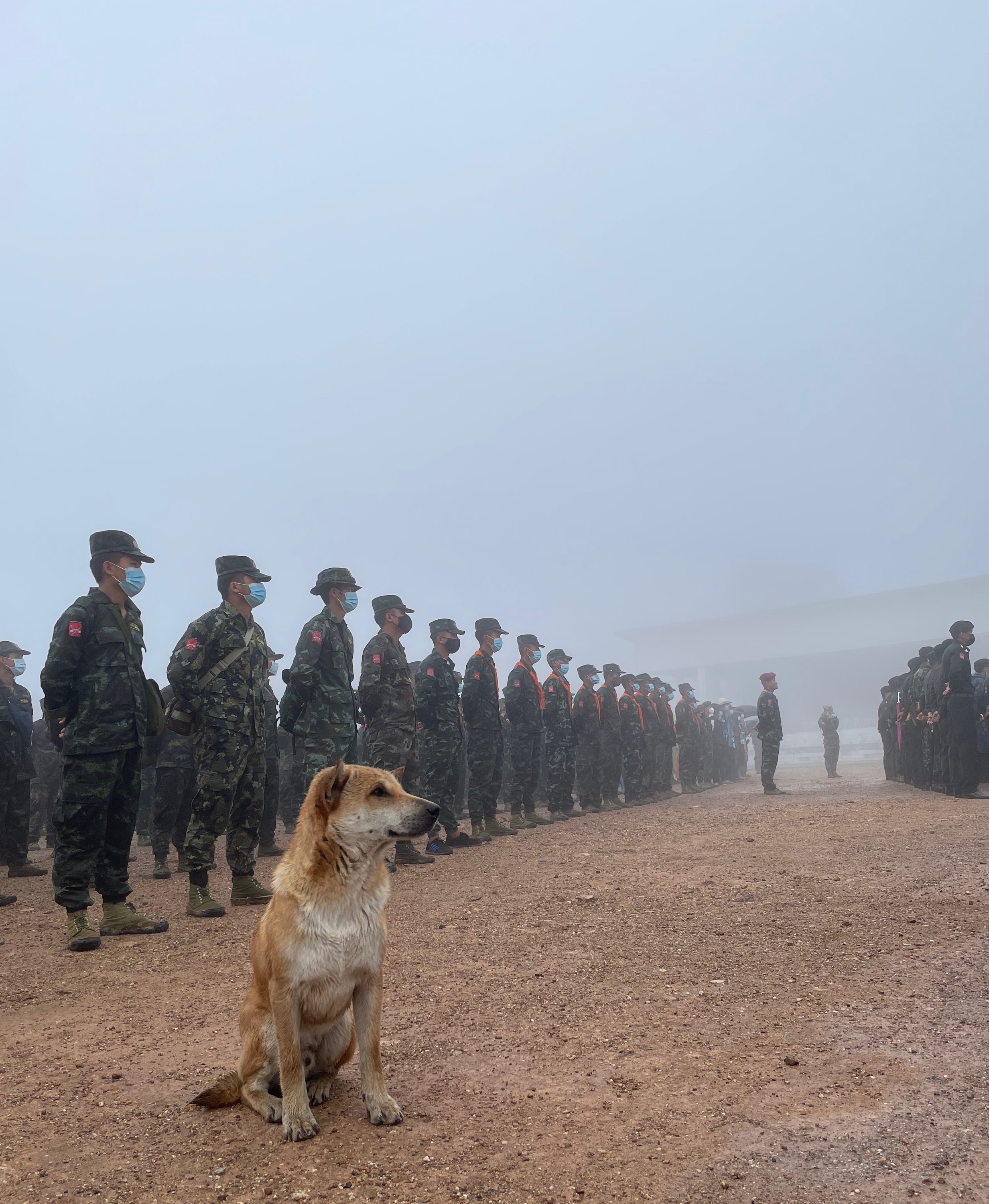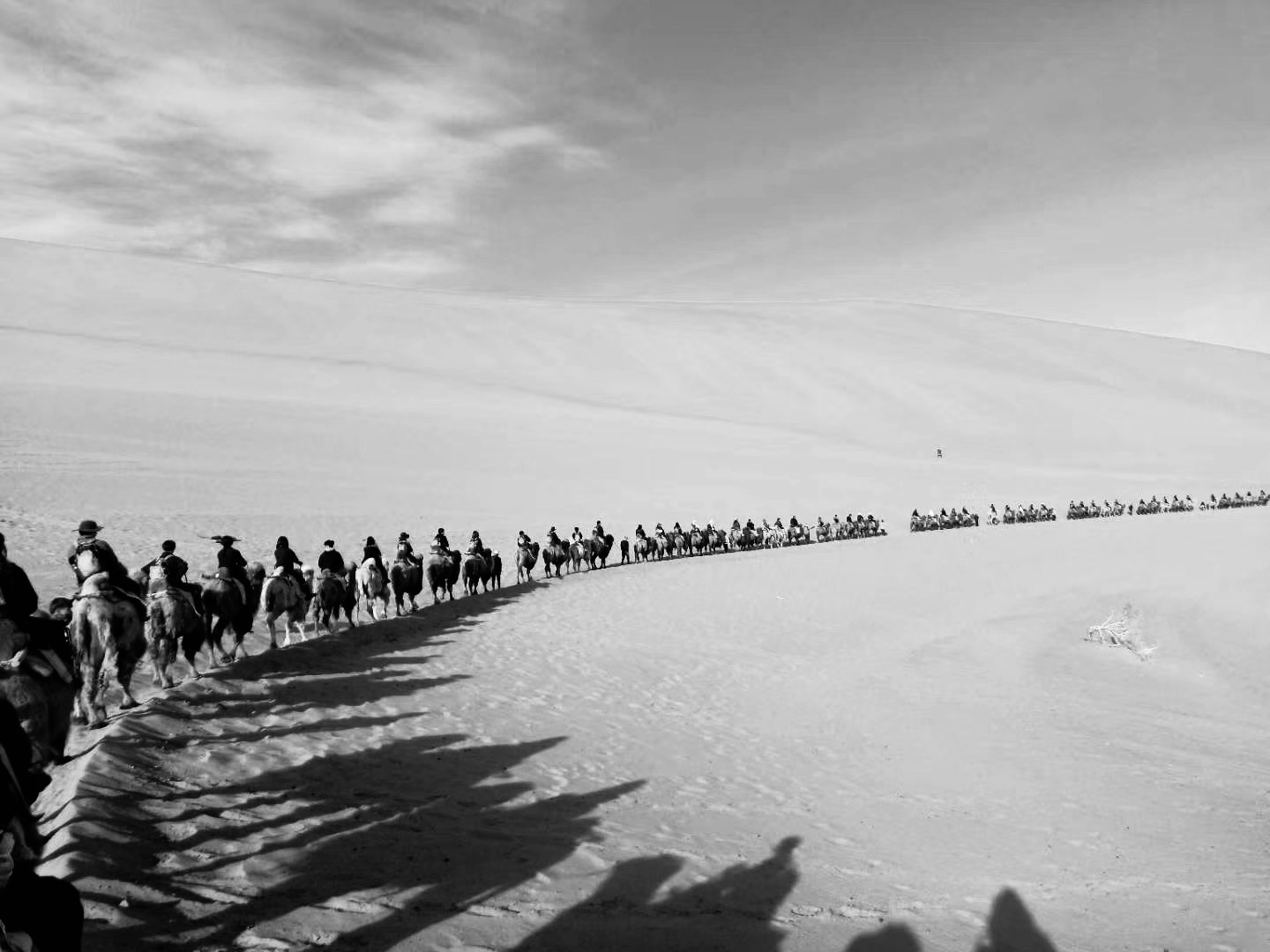Celebrating the 2023 Imaging the Asia Pacific Photo and Video Competition Winners

Tin Long Anson Chan
First Prize: “The Nostalgia of Old Hong Kong”
Bachelor of Arts Student, Major in Human Geography, Minor in Environmental Geography and Critical Studies in Equity & Solidarity
Growing up in Hong Kong, I have seen many changes throughout the past two decades. The city's dynamic is constantly changing and moving towards becoming a designed megacity by powerful corporations. While the development is generating financial benefits on a global scale, the essence and culture of the city have been deprived. Every district is losing its unique characteristics with the replacement of all large, impersonal corporate chain stores under urban renewal and gentrification.
I began my photography journey since secondary school and take daily pictures wandering around the city when I am free. This picture was taken on my way back home after work on an ordinary day. I felt the need to stop and ponder the continuously fast-paced moment.
Utilizing the double exposure technique, the photograph taken with 35mm film captured the street view of Sham Shui Po (深水埗) in 2019 winter, with the soft focus of the inner street in the background as a glimpse of a vanishing way of life and the bustling development areas in the foreground. The photograph portrays the core of local culture and community being gradually eroded, following its transformation into a dull, money-oriented city.
The photograph serves as a poignant reminder of the significance of preserving cultural heritage, even as we continue to rapidly move forward into uncertain change.

Jae Hyun Park
Second Prize: "In Formation" (from the series Seeing Between the Lines)
PhD in Political Science
Loi Tai Leng, the mountaintop stronghold of the Restoration Council of Shan State (RCSS), an active rebel group in Myanmar fighting for self-determination, was still home to humans. This photo records one of many moments of relief from trainings, formal exercises, and the militarised daily rhythm of the mountain fortress.
This photo was taken in May 2022 during my thesis field research, when I was invited by the RCSS to conduct research in Loi Tai Leng. While I took photos to primarily collect visual data to complement the interview data that I collected in the rebel stronghold, I became fascinated by the informal moments behind and between the formal structures of the armed group that were constantly around me -- such as this village dog that decided to sit in during a drill and ceremonial of RCSS fighters. Village dogs in the stronghold casually strolled and hung around the fighters (presumably, some of them being neighbours and owners of the dogs) whenever the opportunity arose. Fighters did not care to shoo them away, as if they saw the dogs as a participating actor in the revolution.
This image offers a back-page narrative of one of the longest running civil wars in modern history. Refined news footages of jungle fighters peppering away their automatic rifles at a distant foe by itself does not define the experience of civil war. Beyond it, there are village dogs that casually roam between troops in column; children playing on the road next to armed patrols; soldiers posing with their brothers and sisters in arms ‘for the gram’ and many other genuine human moments that are not too different from those that we enjoy here in Toronto.
I am a PhD Candidate at the Department of Political Science, examining the political economy of civil war in Myanmar. In specific, I attempt to understand why some rebel groups established large capital-intensive businesses in the formal economy despite the lack of a formal peace agreement. I am mostly an amateur photographer that enjoys decorating my social media platforms from time to time, but I briefly worked as an intern photographer for UNOPS Myanmar in 2015-2016. There, I photographed programmes and projects managed by the Three Millennium Development Goal Fund in Yangon and Ayeyarwady Region, Myanmar.

Shaojia Yan
Third Prize: "The Road to Magnificent”
Undergraduate Student/Book and Media, Cinema Study
This photo was taken on April 16, 2019, at the Mingsha Mountain in Dunhuang, Jiuquan, China. At that time, I was retracing the land-based Silk Road.
The Silk Road originated in China's Han Dynasty. Initially, it referred to a route opened up by Zhang Qian, who was dispatched by Emperor Wu of the Western Han Dynasty to the Western Regions. It is considered the ancient route where Eastern and Western civilizations met and interacted, with silk being the most representative commodity. Fascinated by this history, I decided to retrace Zhang Qian's journey. Starting in Xi'an, I passed through Liangzhou, Jiuquan, and Dunhuang, finally reaching Xinjiang. My goal was to experience the hardships that ancient people endured on the road and appreciate the Western Region's culture along the way.
When passing through Jiuquan, I walked 51 kilometers in the desert on foot. Eventually, I could not go on and encountered a tour group, joining them on their camels. The wind, carrying sand, seemed to transport me back in time to 1,500 years ago. A caravan, risking their lives, loaded camels with countless beautiful silks and porcelain, embarking on an unknown journey. Endless sand lay ahead, and the scorching sun shone overhead, a journey lasting years.
Stumbling on the camel, I saw the seemingly endless caravan in the distance. Gazing at the land beneath me, carrying thousands of years of culture, my thoughts returned to the present. I raised my camera and captured this photo.
I am a freshman hoping to enter the Book and Media and Cinema Study majors. I am a travel enthusiast and a photography lover. I enjoy documenting the scenery I see along the way. These photos may remind us of the magnificent country and people from a thousand years ago.

